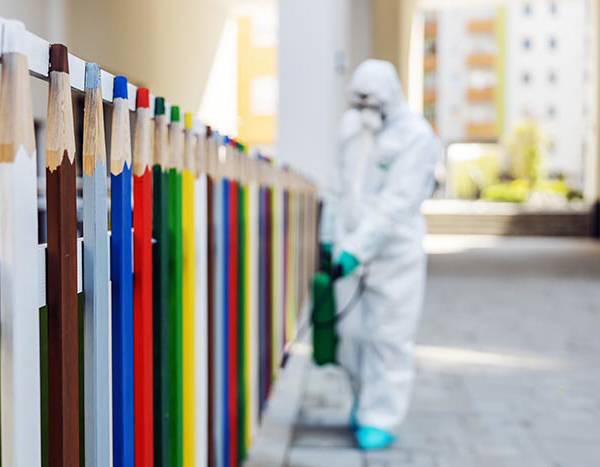There is a lot of confusion around which cleaning methods are appropriate.
People tend to use the terms cleaning, sanitization, disinfection, and sterilization, but there are distinct differences between all four.
Cleaning
Cleaning is a process to remove all visible dirt, debris, soil, chemical residues, and allergens from equipment, utensils, and all surfaces. It is typically done with a cloth or wipe with water and detergent or soap.
Sanitization
Sanitization makes the surface free of dirt contaminants that could affect your health. Sanitizing is meant to reduce the number of microorganisms, not kill, the occurrence and growth of bacteria, viruses, and fungi.
Sanitizing is the method to reduce the number of microorganisms to a safe level. Sanitizing is always performed after cleaning. Unclean surfaces will reduce the effectiveness of sanitization. All surfaces that come into contact with food items must be cleaned and sanitized regularly. Sanitization is often performed in a commercial kitchen.
Sterilization
Sanitizing reduces microorganisms to a safe level and sterilizing removes all microorganisms from an item.
Sterilization is not often performed in a commercial kitchen but is used in places like hospitals, laboratories, operating rooms.
Disinfection
Disinfection is a method of destroying pathogenic microorganisms and removing most organisms present on the surface so that they cannot pass on infections. The disinfectants are applied on the surfaces that have come into contact with viruses, or bacteria, such as hands, floors, walls, toilets, sink, doors, knobs, and any other surfaces that the bacteria might lie on.
If you are still unsure about the difference between sanitizing disinfecting and sterilizing, reach out to Evershine’s cleaning service to get an assessment done first. Stay safe and hygienic!

